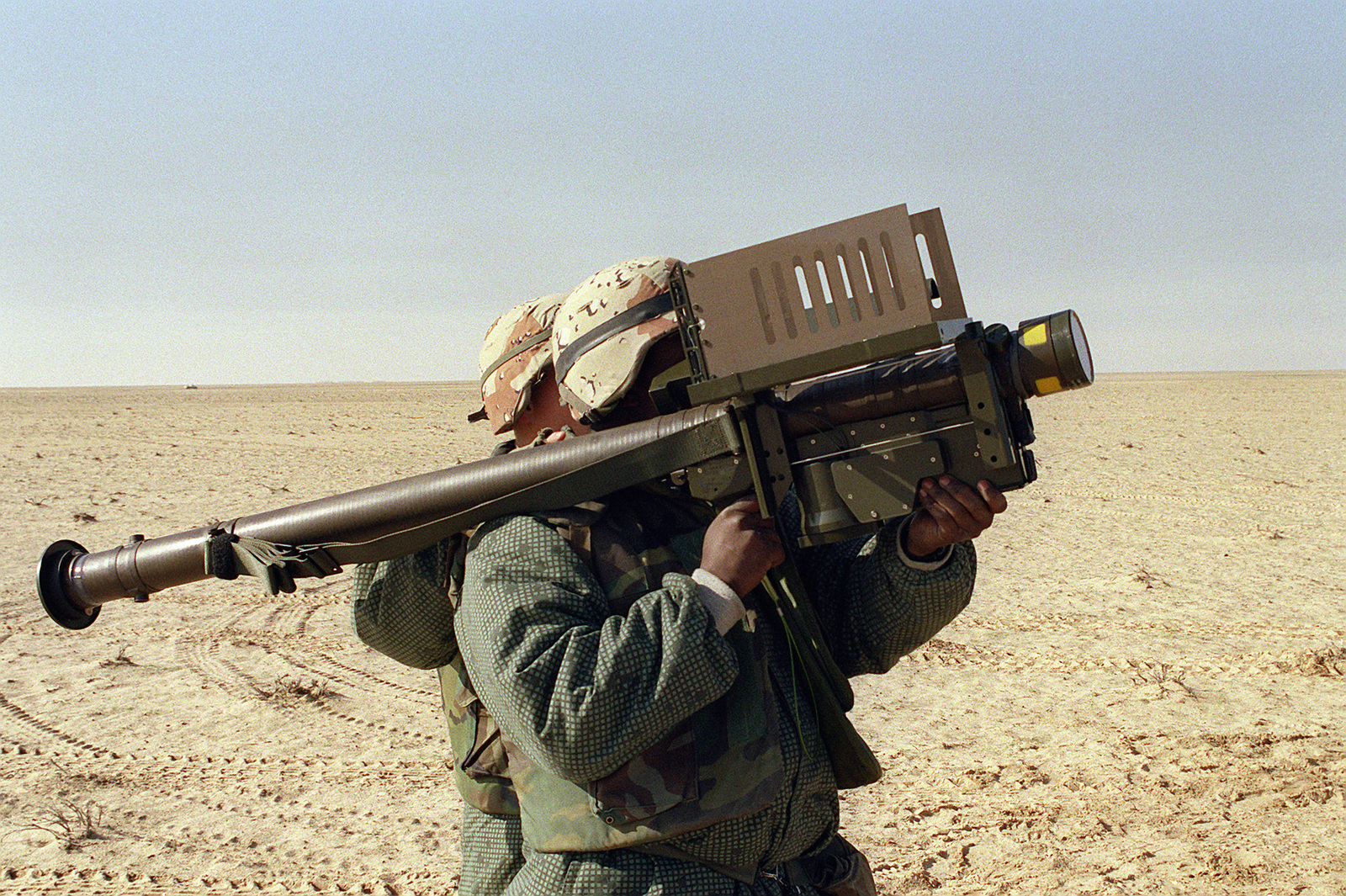The US Army is looking to replace its lethal annihilator – the Stinger missiles that created havoc in Afghanistan against the invading Soviet forces during the Afghan-USSR war.
F-35 vs F-15: Why Qatari F-15 Eagles ‘Stand No Chance’ Against Israeli / Emirati F-35 Stealth Jets?
A ‘Request For Information’ by the US has been issued to identify potential companies that can come up with a solution to supply a new generation Man-Portable Air Defense System (MANPADS).
The FIM-92 Stinger MANPADS were inducted into the service in 1981, and are nearing their retirement after four decades- many of which are being used under a service life extension to fulfill the needs.
According to the reports, the US Army is planning to award a full and open competitive contract no later than FY 2026 for the production of up to 8000 MANPADS missiles.
It is being said that the required demand is also backed by the fact that the US might have to face a major battle in the near future, with all fingers pointing towards China.
With many missiles retiring and better jamming capabilities possessed by new generation fighter aircraft, the Army’s requirement makes perfect sense.
According to technical requirements published on the RFI:
-
The system must be man-portable.
-
The system must be an All-Up-Round (AUR).
-
The system must be capable of being integrated with the Stinger Vehicle Universal Launcher (SVUL), which is a component of Initial M-SHORAD (IM-SHORAD).
-
The system must be capable of defeating Fixed Wing (FW) ground attack aircraft, Rotary Wing (RW) aircraft, and Group 2-3 Unmanned Aircraft Systems (UAS) with capabilities equal to or greater than the current Stinger missile (with Proximity Fuse capability).
-
Candidate solutions must be capable and suitable for maneuver force operations in all battlefield environments. Solutions must support such considerations as safety, human factors, transportability, mobility, cybersecurity, training, and Army Integrated Logistics Support (ILS). The system must be ultimately capable of achieving Full Materiel Release to the warfighter.
-
The system must be capable of supporting high reliability, operational availability, and material availability in an operational combat environment.
-
The system must be producible using production-line processes.
“The Stinger Reprogrammable Microprocessor (RMP) will become obsolete in fiscal year (FY) 2023, and Stinger Block I is undergoing a service life extension to extend its end of useful life.
The current Stinger inventory is in decline,” the army said. “The [US] Army is conducting a SHORAD study which will inform efforts to modernize and to address emerging threats, which may increase the demand for MANPADS capable missiles.”
The FIM-92 ‘Stinger’
The FIM-92 is a Man-Portable Air Defense System- or in simpler words, a shoulder-fired anti-air missile used as a VSHORAD (Very Short Range Air Defense) system manufactured by Raytheon.
Such systems have an advantage in mobility and can be deployed at forward areas to be used by troops as an immediate measure against enemy attack aircraft- including fixed-wing and rotorcraft.

True to its name, this American Man-Portable Air Defense System packs a hard punch for its enemy. It can be adapted to be fired from various ground-based assets and aircraft too, and its air-to-air version (AIM-92 Stinger) also exists.
Examples include the AN/TWQ-1 Avenger, which is a mobile air defense system used by the US Army and Marine Corps. While the system is poised to be replaced by a newer generation Stryker platform armed with Air Defense capabilities (IM-SHORADS), it will also sport Stinger missiles.
Its air-launched variant, the AIM-92 Stinger, also made history when it was used by an MQ-1 Predator drone against an Iraqi MiG-25, during the first-ever aerial battle involving a fighter jet and a UAV. However, the missile failed to hit the Foxbat.
The system achieved its maximum operations; success rate during the Soviet-Afghan War and is considered one of the defining factors of its outcome. Its importance can be understood by the fact that the mention of Afghan Mujahideen using Stingers is found in each document or film featuring the war.
According to the 1993 US Air Defense Artillery Yearbook, the Mujahideen gunners used the supplied Stingers to score approximately 269 total aircraft kills in about 340 engagements, a 79-percent kill ratio. This translates to the missiles being responsible for over half of the 451 Soviet aircraft losses in Afghanistan.
It has been used in all the major battles fought since its induction, and the CIA took the opportunity to supply these systems to its supportive militias in respective countries. The missile system is still in service with about 30 countries globally.